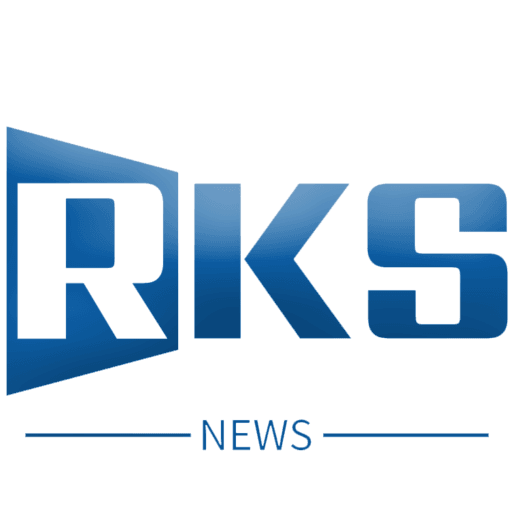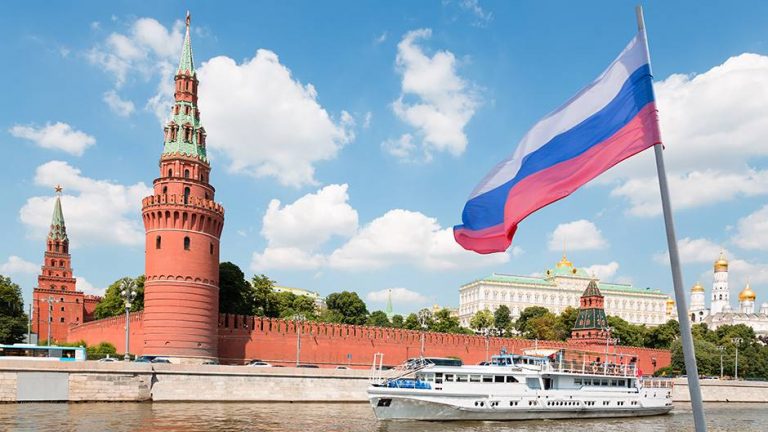Russian authorities have confiscated assets valued at $50 billion over the past three years, highlighting a significant transformation in the economic model of “Fortress Russia” during the ongoing war in Ukraine. This data, reported by Reuters on Wednesday, underscores a dramatic shift in the country’s economic landscape.
The conflict has been accompanied by substantial asset transfers as many Western companies exited the Russian market, other assets were expropriated, and some large Russian businesses were brought under state control. In response to actions deemed “illegal” by the West, President Vladimir Putin has signed decrees over the past three years allowing for the seizure of Western assets.
Beyond Western assets, large domestic economic entities have also seen changes in leadership based on various legal mechanisms, including the perceived need for strategic resources, corruption allegations, and questionable privatizations.
The Moscow-based law firm NSP has revealed the scale of what it termed “nationalization,” totaling 3.9 trillion rubles over the last three years, and provided a list of involved companies. This research was reported in Kommersant, one of Russia’s major newspapers, which illustrated the evolving economic model of “Fortress Russia.”
The dissolution of the Soviet Union in 1991 sparked hopes that Russia could transition into a free-market economy integrated into the global system. However, rampant corruption, economic turmoil, and organized crime undermined faith in democratic capitalism during the 1990s. In his first eight years in power, Putin supported economic freedom, targeted some so-called oligarchs, and presided over a significant economic expansion from $200 billion in 1999 to $1.8 trillion in 2008.







